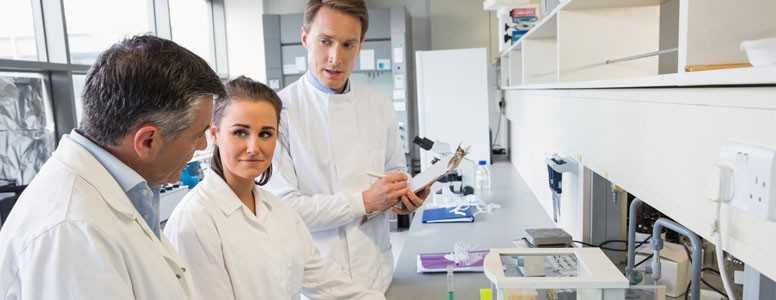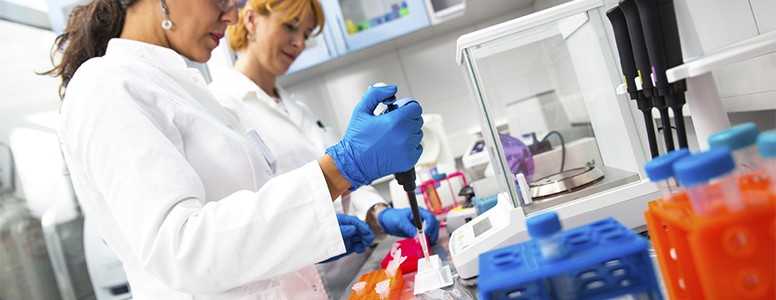Researchers at Stanford University have designed a dynamic real-time biosensor that could one day continuously detect and maintain optimal levels of drugs like insulin.
Health monitoring via in-body sensors is one of the hot areas of current research. This particular technology, which accounts for individual variability in the response to drugs, may allow more effective use of insulin for people with type 1 diabetes.
This would effectively take other technologies integrated in artificial pancreas systems, like TypeZero’s inControl platform, to the next level. Those control solutions only make suggestions on corrections to insulin management.
Tom Soh, a Stanford electrical engineer, and his postdoc fellow, Peter Mage, developed a three component model of the new in-body sensor, which resembles a thin rectangular microchip.
It consists of a biosensor which detects active levels of a drug in the bloodstream, paired with a controller that calculates exactly the right dose to maintain and a programmable pump acting as a delivery man that releases just that amount.
The sensor part forms a complex of molecules, called aptamers, that have been specially designed by Soh to bind receptors of any drug of interest, in the same fashion as seats on a bus that have to be filled.
As a drug enters in contact with a receptor site, the aptamers change shape and send an electric signal, in response to which the pump technology loads or unloads more or less of the drug if and when a seat is empty.
It essentially behaves as a closed-loop system, one that monitors and adjusts continuously. Soh and Mage first began testing it by administering a chemotherapy drug, called doxorubici, in animals.
Many years of tests still lie ahead, but the first animal experiments yielded encouraging results. The researchers were able to stabilise levels of the chemotherapy drug, even when deliberately introducing a second drug that is known to change its effects.
Provided that it works as well in humans, this mode of delivery, described in the journal Nature Biomedical Engineering, could be applied to so many drugs and areas of health, including the diabetes field.
In a not too distant future, it could perhaps enable people with type 1 diabetes to better use insulin to prevent dangerous spikes or dips in blood sugar levels.
What's new on the forum? ⭐️
Get our free newsletters
Stay up to date with the latest news, research and breakthroughs.





